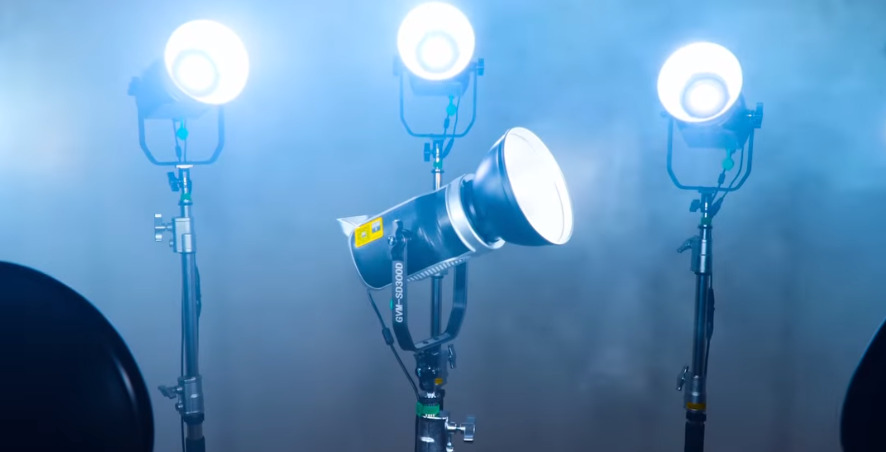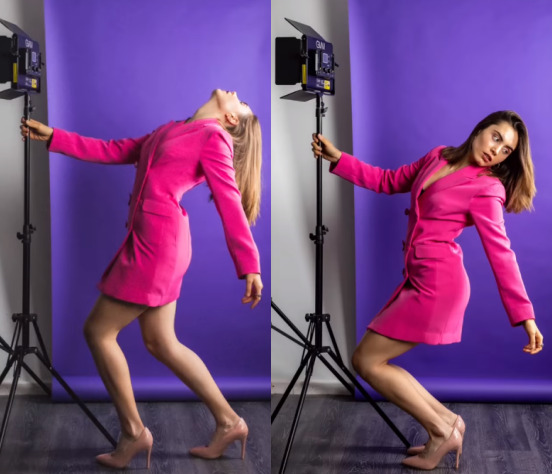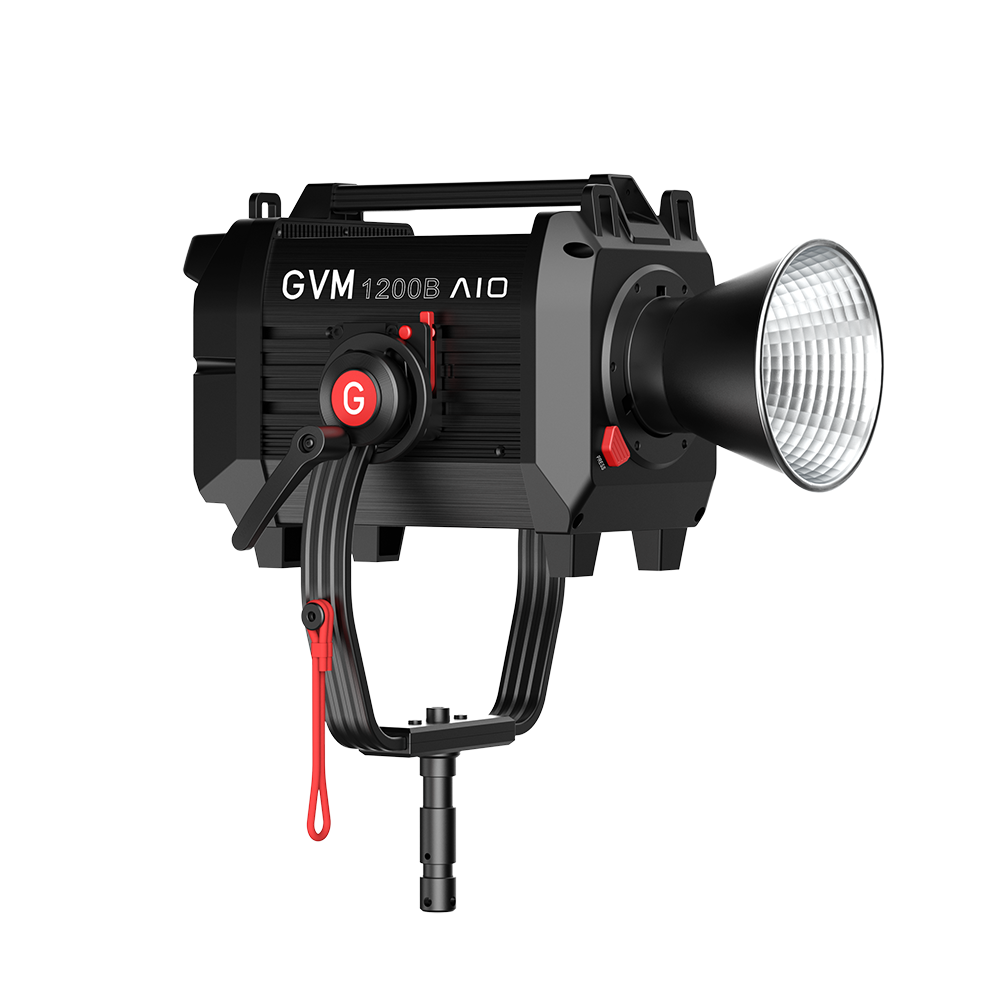A Beginner's Guide to Commercial Photography
Photography comprises so many different genres, making it a fun and exciting discipline to practice. From weddings to wildlife, there’s an area that will appeal to you. If you’re interested in a genre with variety to keep you on your toes but plenty of business opportunities, commercial photography could be for you. Let’s look at exactly what commercial photography is, as well as some tips on how to do it and become a commercial photographer.
What is Commercial Photography?

The simplest explanation of commercial photography is that it refers to images designed to help sell or promote products or services. The subject matter can be anything from cake to insurance. Still, as a photographer, you’re there to make it look visually attractive or advantageous. These are images that are meant to drive commerce.


Product Photography vs.Commercial Photography
You might be wondering how commercial photography differs from product photography.
Product photography is a sub-genre of commercial photography. While product photography is there to provide clear and unambiguous images of particular items, giving potential customers an accurate representation of their color, size and specifications, commercial photography takes on a lifestyle feel.
It has a more human element to it. This shows would-be purchasers how a product or service can enhance, fit in with, or appear in their lives. Product photography is about showing off the product itself; commercial photography is about selling it.


Types of Commercial Photography
-Fashion Photography
If you like working with people, then fashion photography could be a commercial area for you to pursue. This will require you to show off apparel, accessories and jewelry to their best advantage and demonstrate how they can fit into someone’s life and be worn.

-Food Photography

-Architectural and Real Estate
Architectural photography and real estate photography also fit into the commercial genre, and not always just for the purposes of trying to sell a property. You might find that architects, builders, and interior designers will be in need of good commercial photography to highlight their skills.

-Portrait Photography
Anyone trying to sell their professional services, for example, an actor or beauty therapist, might look for some portrait photography. This could be headshots or environmental portraits, showing where and how someone works.


-Lifestyle Photography
Then there’s the lifestyle photography side of commercial photography. This includes everything from vacation brochures and pet food to car breakdown covers and banking products. These images could well be trying to sell you a product that enhances your life in some way. But they could also advertise a service or experience that promotes pleasure, opportunity or peace of mind. This side of commercial photography can be a little more conceptual and requires that you find a way of conveying an ideal rather than something tangible.

5 Tips for Commercial Photography
You don’t have any room for mistakes in commercial photography. People will be paying you money to produce images that promote their product or service. So the onus on you is to deliver high-quality photos that meet their brief, standards and expectations. To help you get it right, remember these 5 tips for commercial photography.
1. Make Sure You Know Exactly What Your Client Wants
Be absolutely clear about the message your client wishes to convey, any particular themes or colors they wish (or do not wish) to invoke and the overall look they are trying to achieve. While you might be able to make suggestions to help them realize their vision, ultimately, this is about them, not you. You also need to be sure as to how many images they need, in what format and at what resolution.
2. Draw Up a Clear Contract
The contract between you and your client needs to stipulate precisely what your client can expect, what you will deliver and when you will provide it. Ascertain the usage rights, too, and ensure that things such as model releases are in place. Don’t leave anything to chance, or you could find yourself in a sticky situation.
3. Draw Up a Shot List
When you’ve established what it is that your client is looking for, create a shot list so that you don’t forget anything. There’s nothing wrong with a little spontaneity and creative experimentation, but you need to be certain that you’ve captured everything that your client is expecting of you first.
4. Organize Your Gear
Work out every piece of kit that you will need in accordance with your shot list and make sure that it is prepped and ready for the shoot. Batteries charged. Lenses available and cleaned. Lights ready. Any filters, stands, or other gear that you might require to hand. Props in place. Professional delivery demands professional planning.
5. Scout the Scene
If you’re shooting on location rather than in your studio, make sure that you know the terrain, where and how the light falls, how you will need to approach the location, and what you will need to get the shots you want.
4 Tips for Becoming a Commercial Photographer
If making the leap to going professional feels a little intimidating, these 4 tips will help you start your career as a commercial photographer.
1. Think About Your Specialism
You will probably want to focus on a particular type of commercial photography, for example, fashion or food, rather than anything and everything. But you might also want to maintain a relatively broad base, as there can be an overlap between lifestyle and food, for example.
2. Build a Portfolio
You will always need to be able to show examples of your work to prospective clients. It doesn’t matter if these images haven’t been used commercially; you just need to show what you are capable of producing.
Ask family and friends if they might be willing to pose for you. Photograph your meals and the products used to make them. Choose your best images, and be sure to present them professionally.
3. Practice Your Editing
A properly finished image is vital to making it commercially successful, so be sure you have a high-quality editing suite and know how to use it properly.
4. Find Work as an Assistant
Working as a photography assistant–for example, as a lighting assistant–will enable you to hone your skills. This is true regarding all-important lighting, learning how shoots work and how to engage with clients. You’ll also begin to build up a network of potential clients and professional connections.
Commercial photography can prove a fulfilling career if you find your niche, develop your skills and build your network. While it is about delivering what your client wants and needs, there’s room for creativity, too. And more than anything, what will make you attractive to prospective clients is a distinctive voice. They won’t want their commercial images to look like everyone else’s but to be memorable and original. That’s where you get to fly.

